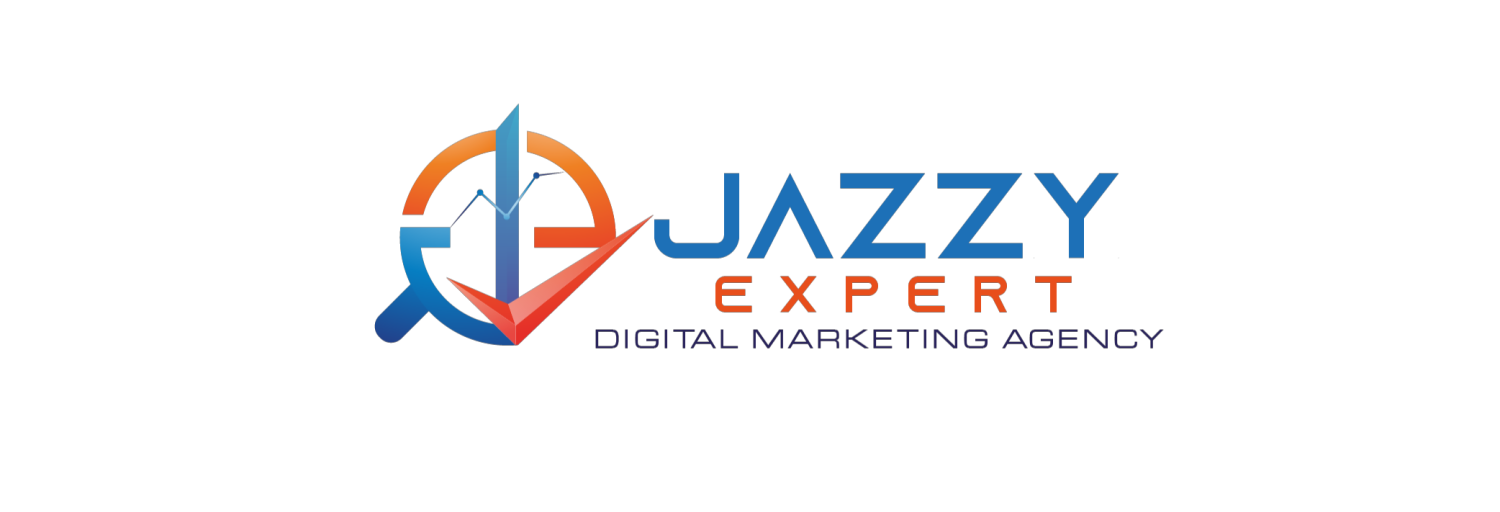Where is Kaizen?


KAIZEN is an inclusive improvement process, engaging all employees. This practice creates a culture of continuous improvement while eliminating waste – ultimately increasing productivity while encouraging worker purpose and accountability.
Sunaqua TOTO implemented Kaizen to streamline communications between departments. For instance, Sunaqua TOTO utilized Kaizen to redesign trash receptacles and rearrange supplies in order to facilitate mail delivery workers more easily transport them.
It’s a continuous process
Kaizen, or continuous improvement, involves making incremental adjustments to a work process in order to increase productivity, decrease waste and improve quality while encouraging teamwork among employees and sparking grassroots initiatives. Kaizen is frequently used by companies in manufacturing industries; however, any business can apply it.
The Kaizen process relies on the Plan-Do-Check-Act (PDCA) cycle, which helps companies identify issues and develop solutions. Teams can test new processes in their workplace by making small modifications or running pilot projects at various locations within a company – if these prove successful, the improvement can then be implemented companywide.
Kaizen encourages employees to become more actively engaged with the business, leading to improved employee morale and higher efficiency. Furthermore, it reduces costs by streamlining workflow and decreasing inventory levels; plus its emphasis on small changes is simple and inexpensive – an ideal way for companies to enhance their bottom lines.
It’s a team effort
To effectively implement Kaizen, employees must be actively involved. This means everyone – from managers to frontline workers – should find ways to enhance company processes. Teamwork plays an integral part of Kaizen; employees are encouraged to think creatively when proposing improvement ideas that will make them feel empowered in their roles.
Kaizen is an incremental process that emphasizes using existing resources rather than making huge capital investments. First developed in Japan during World War II’s rebuilding effort and popularized through Masaaki Imai’s books, it later spread worldwide thanks to W. Edwards Deming’s management consulting practices such as Kai (change) and Zen (good). At first used only within quality circles or by American consultants like W. Edwards Deming to improve Toyota manufacturing processes; nowadays it’s one of the most frequently employed lean manufacturing techniques with its plan-do-check-act cycle being key – ultimately leading to big improvements over time.
It’s a culture change
Kaizen relies heavily on effective leadership engagement and an effective methodology. Without these two components, kaizen will fail. A successful program should include a standard approach for documenting and tracking improvements while encouraging participation by empowering employees and encouraging them to speak up, creating an atmosphere of continuous teamwork that leads to continuous improvement.
Kaizen involves employees visiting the actual place where problems exist to identify effective solutions, which is an integral component of kaizen as trying to solve issues in an ivory tower often doesn’t yield satisfactory outcomes.
An average Kaizen event typically lasts one week and involves teams of employees working together to address an issue. The team identifies areas for improvement, makes necessary modifications, and then evaluates the effect of those changes – with results used for future Kaizen events.
It’s a long-term strategy
Kaizen is a long-term strategy for improving business processes and creating competitive advantage. This approach involves identifying areas for improvement and then gradually implementing them, providing organizations with an edge against rivals with greater investments in research and marketing.
Introducing lean manufacturing principles through lean production techniques such as Kaizen is part of lean manufacturing; first employed post-World War II Japan by Toyota and American industrialists/quality management teachers who visited, partially shaping its implementation. Kaizen incorporates concepts from value stream mapping and total quality management and emphasizes process-focused improvements.
Kaizen is an ongoing improvement process involving employees from all levels of an organization, using the PDCA (Plan Do Check Act) cycle to identify process improvement opportunities and increase employee engagement. For maximum impact, Kaizen should become part of company culture from top down; managers should support its implementation from day one.
Author: JazzyExpert



Ingen kommentarer endnu